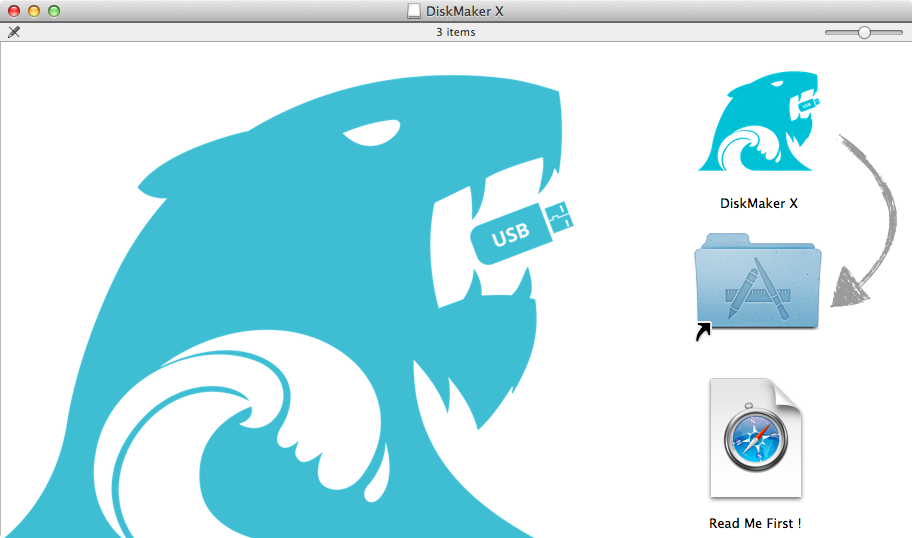

- #MAKE A RECOVERY DISK FOR MAC YOSEMITE HOW TO#
- #MAKE A RECOVERY DISK FOR MAC YOSEMITE MAC OS X#
- #MAKE A RECOVERY DISK FOR MAC YOSEMITE INSTALL#
- #MAKE A RECOVERY DISK FOR MAC YOSEMITE UPDATE#
- #MAKE A RECOVERY DISK FOR MAC YOSEMITE FULL#
Partition with OS X extended, journaled filesystem. The command line function is hiddenįirst, obviously the USB stick needs to be formatted to a single GUID
#MAKE A RECOVERY DISK FOR MAC YOSEMITE FULL#
There is a very simple on line command to create the full Yosemite Once you get to the installer, open Disk Utility from the menu system and format your target disk, then proceed as usual with the installation of OS X.

Attach the ISO image you created to the virtual DVD drive and it should load with the Apple logo and a progress bar. Upload the ISO to your data store so that you don't belabor the installation process with network-attached access. Nano /Applications/Install\ OS\ X\ Yosemite.app/makebootableiso.shĪnd then cd to that directory and run it:Ĭd /Applications/Install\ OS\ X\ Yosemite.app/įor ESXi, simply configure your VM Guest as "OSX 10.7 64-bit" and use EFI boot mode. Provided that you have the installer in the standard Applications folder, place this script INSIDE the. Hdiutil resize -size `hdiutil resize -limits /tmp/Yosemite.sparseimage | tail -n 1 | awk ''`b. Rm /Volumes/install_build/System/Installation/PackagesĬp -rp /Volumes/install_app/Packages /Volumes/install_build/System/Installation/Ĭp -rp /Volumes/install_app/BaseSystem.chunklist /Volumes/install_buildĬp -rp /Volumes/install_app/BaseSystem.dmg /Volumes/install_build Hdiutil attach /tmp/Yosemite.sparseimage -noverify -nobrowse -mountpoint /Volumes/install_build Hdiutil resize -size 8g /tmp/Yosemite.sparseimage Hdiutil convert /Volumes/install_app/BaseSystem.dmg -format UDSP -o /tmp/Yosemite Hdiutil attach /Applications/Install\ OS\ X\ Yosemite.app/Contents/SharedSupport/InstallESD.dmg -noverify -nobrowse -mountpoint /Volumes/install_app
#MAKE A RECOVERY DISK FOR MAC YOSEMITE INSTALL#
You may then boot up from it by holding the option key down and then install Yosemite. If you prefer to make a bootable dvd, you can do it this way:Īfter downloading the full Yosemite installer app from the Mac App Store, run these 14 commands in Terminal to create a Yosemite.iso file and then burn it to a dual layer DVD with Disk Utility.
#MAKE A RECOVERY DISK FOR MAC YOSEMITE HOW TO#
#MAKE A RECOVERY DISK FOR MAC YOSEMITE MAC OS X#


#MAKE A RECOVERY DISK FOR MAC YOSEMITE UPDATE#
You could use an old copy of the installer in your possession but, if so, you might have to update macOS to its current version. The only way to solve this problem is to download the latest installer from App Store and re-install macOS on your system. What if the above command doesn't return any Recovery Partition? The above example shows both a system partition and a recovery partition and it's what the output of this command should look like.


 0 kommentar(er)
0 kommentar(er)
